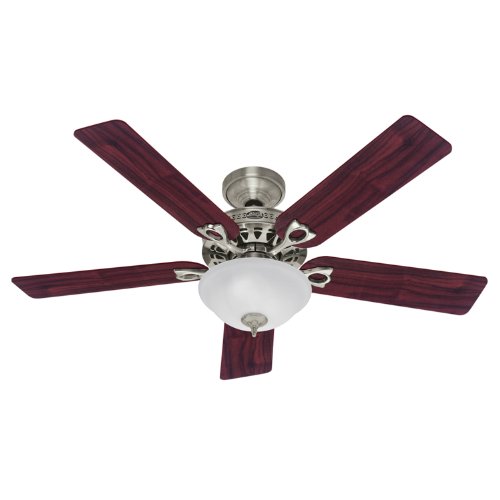Big box and home stores carry hundreds of chandeliers. The chandeliers are usually displayed together and some, or all, may be lit. Looking at so many lights can make you feel like you have entered a chandelier jungle. But you don't need a pith helmet and machete to find "your" chandelier. Just follow these tips.
1. What's your style? You may have an Early American, Colonial, Arts and Crafts, Transitional, Mediterranean, Spanish, Contemporary, Shabby Chic or another home style. Look for a chandelier that matches this style. "How to Choose the Perfect Hanging Chandelier," an article on the homedecorators.com site, says you should choose a chandelier that suits your room and room colors. For a decorating "punch" you may choose a chandelier that doesn't match.
2. Be size wise. The size of the chandelier depends on your room dimensions, ceiling height, the scale of your furniture, and other lighting in the room. The About.com Web site lists buying tips in an article, "Choosing the Right Size Chandelier." If your room is smaller than 10 feet by 10 feet, the article says you should choose a 17" to 20' diameter chandelier. Before you buy a chandelier be sure to check the maximum wattage allowed.
3. Type cast. Log onto the Internet and familiarize yourself with the latest lingo: foyer chandelier, chandelettes, pendants, island pendants, and other words. Lighting experts recommend two-tiered chandeliers (or more) for front entries. Dining room chandeliers are usually one-tiered, but you may need more, depending on the size of your room. Narrow your search by choosing the type of chandelier you prefer.
4. Find the finish. In recent years the popularity of brass has faded. Customers are looking for brushed nickel, pewter, antiqued brass, and painted chandeliers. According to the Chandelier Lighting Experts Web site, "Chandeliers no longer feature just one metal or one finish. The latest looks offer multi-tone finishes created by painted or chemical processes."
5. Check the weight. A chandelier that weighs more than 50 pounds may require extra mounting support. Unless you're an experienced woodworker you should hire a carpenter to build this support structure.
6. Use electric smarts. Many customers are installing chandeliers in recessed lighting cans -- metal cans that are flush with the ceiling. However, if you have an older home you will need a converter kit in order to do this. Read all of the instructions on the box because the converter kit may not fit your ceiling can.
7. Get height right. According to the article, "How to Choose the Perfect Hanging Chandelier," an entry or foyer chandelier, as it is often called, should hang at least six and a half to seven feet above the floor. "A dining room chandelier hung over a table should measure about 12 inches narrower than the dining table," the site notes. Your chandelier should be installed by a licensed electrician or electrical contractor.
Visiting big box and home stores will help you narrow your chandelier choices to a few. Your chandelier is hiding in the lighting jungle. To find it you will have to be patient, persistent, and sharp. Good luck!
Copyright 1008 by Harriet Hodgson










